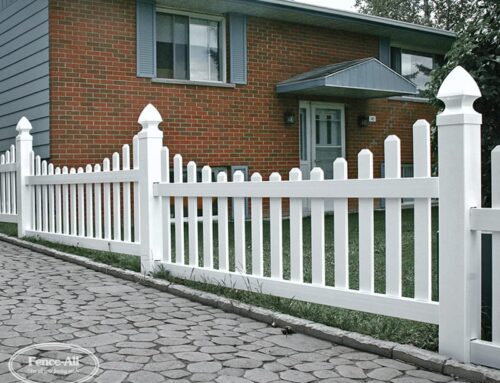A good general goal for weight capacity is 50 pounds per square foot. It will do for most recreational and residential uses. Here are a few things to keep in mind to ensure your deck isstrong and healthy.
Material and Construction Quality:
The materials used in building a deck, as well as the construction techniques employed, significantly impact its weight capacity. We do all of our framing in pressure treated lumber, even for our cedar and cellular PVC decks. Our standard joists are 2x8s spaced a maximum of 16″ apart. For more heavy-duty industrial applications, bigger joist sizes and smaller spacing provide the extra strength.
Design Considerations:
The design of a deck plays a pivotal role in determining its weight capacity. Larger decks generally have a higher weight-bearing capacity compared to smaller ones. Features like multiple levels, stairs, and railings add complexity to the structure and may affect its load-bearing capabilities.
Live Load and Dead Load:
Understanding the distinction between live load and dead load is crucial for assessing a deck’s weight capacity. Live load refers to the weight of people, furniture, and other temporary items on the deck, while dead load encompasses the weight of the deck structure itself. Striving for a goal of 50 pounds per square foot means considering both live and dead loads to ensure the deck can support various activities and gatherings safely.
Regular Maintenance and Inspections:
Proper maintenance and periodic inspections are vital for preserving a deck’s strength and stability over time. Regularly inspecting the deck for signs of wear, damage, or structural issues allows for timely repairs or reinforcements. Additionally, maintaining the deck’s cleanliness and protecting it from moisture and weather-related damage prolong its lifespan and enhance its weight-bearing capabilities.
More questions?
If you have more questions about decks, we’re happy to answer them. Call 613-736-1122 or hit the chat button on the right during business hours.









